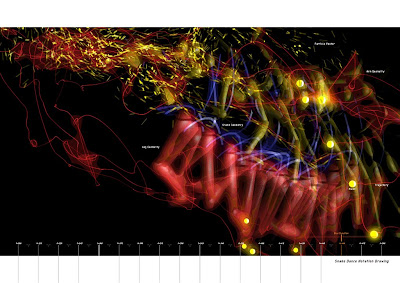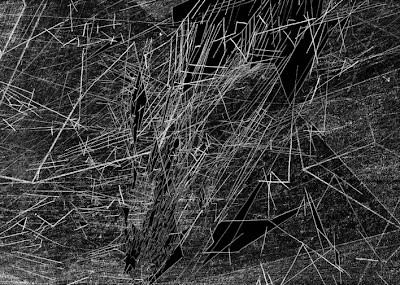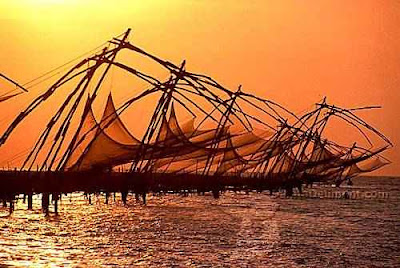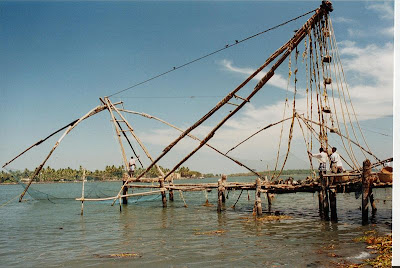 |
| 寄件者 MArch_Term 03 |
 |
| 寄件者 MArch_Term 03 |
 |
| 寄件者 MArch_Term 03 |
 |
| 寄件者 MArch_Term 03 |
 |
| 寄件者 Art & Design |
 |
| 寄件者 Art & Design |
 |
| 寄件者 Art & Design |
Any city is comprised of many systems—economic, technological, social, cultural—which overlay and interact with one another in complex ways. Each system is different, but from one point of view all share a common purpose–the organization of energy—and a common goal—giving the cumulative energy of the city a coherent form.
According to Maxwell’s second law of thermodynamics, the entropy in a system will increase (it will lose energy) unless new energy is put in.
According to Newton’s law of inertia, a system will stay at rest unless it is disturbed by an external force.
Energy exists in two states: kinetic and potential. A brick sits on top of a wall—potential (it could fall). A brick is pushed from the top of the wall—kinetic (its potential is released).
Energy takes many forms, each created by a system that contains it for a particular purpose. Architecture is one such system that contains energy by establishing stable boundaries, limits, edges. New energy—in the form of maintenance—must continually be added to the system of materials, or they will decay. Metaphysically speaking, new energy—in the form of human thought, emotion, activity—must continually be added to the system of boundaries, or they will lose their purpose and meaning
(http://lebbeuswoods.wordpress.com/2009/06/05/architecture-of-energy/)
 |
| 寄件者 MArch_Term 03 |
 |
| 寄件者 MArch_Term 03 |
The idea of a snake dancer is the notation of the geometry to the body and the ground. A trace of the light from the body of the snake dancer is recorded. The dust particles is then reproducing the trajectory of the motion. The actual shadow, the recorded reflection, the replayed dust cloud is mixing together. The lines on the second images are the trace of the trace, the trajectory of the dust particles.
 |
| 寄件者 MArch_Term 03 |
 |
| 寄件者 MArch_Term 03 |
 |
| 寄件者 MArch_Term 03 |
Phil keep mentioned about the snake dance to my project, I really not sure what is it about. After several day figuring out how to use a body figure in 3d, and make it to simulate the gesture of a snake dance. Just test it out what the outcome might be. This is what was written in Phil's email.
"THE ARM OF THE DANCER AS A CURVED VECTOR SURFACE TO BOUNCE/ REFLECT LIGHT ONTO THE IDEA OF THE SNAKE/ COBRA AS A METHOD OF RELATING AN ANTHROPOLOGICAL SYSTEM TO THE IDEA OF BLURR TRACE BEDDED IN EARTH BASED CULTURE" (Phil, 2009)
 |
| 寄件者 MArch_Term 03 |
 |
| 寄件者 MArch_Term 03 |
 |
| 寄件者 MArch_Term 03 |
The Chinese fishing nets (Cheena vala) of Fort Kochi (Fort Cochin) in the City of Kochi (Cochin), in the Indian State of Kerala, are fixed land installations for an unusual form of fishing — shore operated lift nets.[1] Huge mechanical contrivances hold out horizontal nets of 20 m or more across. Each structure is at least 10 m high and comprises a cantilever with an outstretched net suspended over the sea and large stones suspended from ropes as counterweights at the other end. Each installation is operated by a team of up to six fishermen.
The system is sufficiently balanced that the weight of a man walking along the main beam is sufficient to cause the net to descend into the sea. The net is left for a short time, possibly just a few minutes, before it is raised by pulling on ropes. The catch is usually modest: a few fish and crustaceans — these may be sold to passers by within minutes.
The system of counterweights is most ingenious. Rocks, each 30 cm or so in diameter are suspended from ropes of different lengths. As the net is raised, some of the rocks one-by-one come to rest on a platform thereby keeping everything in balance.
Each installation has a limited operating depth. Consequently, an individual net cannot be continually operated in tidal waters. Different installations will be operated depending on the state of the tide.
(from wikipedia)
| 寄件者 MArch_Term 03 |
The fishing landscape is a program that I might developed as my final project. My project starts form falling leaves, golf course, dust, light, point, vector, trajectory, trace, battlefield, conflict..from these bunch of stuff, it's all discussion about the same territory of work. The landscape of movement, where the points are moving around in a space. In this landscape, several events are arose due to the influence of the movement. The dust is raised, the light is bouncing, the trace of movement, the impact on the ground as footprint. These are a series of events related to a point shifting in a space.
In this case, my purpose of this project is the augmentation and visualization of this movement landscape. After several discussions and cross firing the idea of body movement from Phil, I had come up with the idea of a fishing landscape. Fishing is an event dealing with movement and tactics, it is the two characters that are dragging the landscape, a conflicting relationship between the fish and the fisherman. Imagine the fish swimming in the sea, the movement of the body is flapping the stream of the water. The fisher use light to attract the fish, in the same time the fish is avoiding the flow of the water from the propeller. The light is bouncing on the glossy surface of a fish while its moving, the reflection of light is scattering around while it cast on a flock. The light also bounced back to the fisherman's eye as he sees the fish swimming. While the fish got caught in a net, they struggled and eager to break the net. In this time, the net is a landscape of conflict where two forces is pushing and pulling. The geometry change of the net related to the vector of the boat and the vector field of the flock, and it is continuously shifting.
My design here is the recording of the geometry changes of the net, and the reproduction of the movement of boat and fish. They are developed as a set of instruments that are gathering the light and projected into the sea. And collecting the light reflection from the fish body to a space that is real-time playing back the movement of the landscape. The bunker becomes the fishing net, a shifting landscape in between the two conflicting forces.